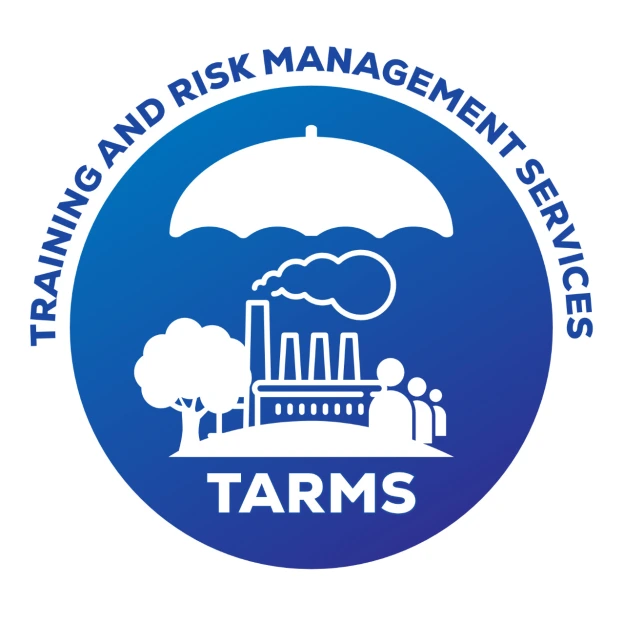
Developing a comprehensive risk management plan for the construction industry involves identifying potential risks, assessing their impact, and implementing strategies to mitigate or manage them effectively.
Risk Identification:
• Conduct a thorough assessment of the project, considering all phases from planning to completion.
• Identify internal and external risks specific to the construction industry, including:
• Project complexity and scope changes
• Weather conditions and environmental factors
• Health and safety hazards
• Regulatory compliance issues
• Labor shortages or disputes
• Supply chain disruptions
• Financial risks such as budget overruns or delays in payments
• Technical risks related to equipment failure or technology adoption
• Utilize historical data, industry benchmarks, and input from project stakeholders to identify potential risks.
Risk Assessment:
• Evaluate the likelihood and potential impact of each identified risk on project objectives, schedule, budget, and safety.
• Prioritize risks based on their severity and the degree of control the project team has over them.
• Use risk assessment techniques such as qualitative (e.g., risk matrices) and quantitative (e.g., Monte Carlo simulation) methods to analyze and prioritize risks.
Risk Mitigation Strategies:
• Develop specific strategies to mitigate or eliminate high-priority risks identified during the assessment phase.
• Implement engineering controls, safety protocols, and quality assurance measures to minimize health and safety risks on-site.
• Establish contingency plans and alternative approaches to address potential disruptions in the supply chain, labor availability, or regulatory compliance.
• Incorporate contractual provisions and insurance coverage to transfer or allocate risks to appropriate parties, such as subcontractors or insurers.
• Utilize technology solutions for monitoring and early detection of risks, such as building information modeling (BIM) for clash detection or construction management software for real-time project tracking.
Risk Monitoring and Control:
• Establish clear roles and responsibilities for risk management within the project team, including designated individuals or committees responsible for monitoring and controlling risks.
• Implement regular progress reviews and performance metrics to track the effectiveness of risk mitigation measures and identify emerging risks.
• Maintain open communication channels with stakeholders to address concerns, share updates, and escalate issues as needed.
• Conduct periodic reviews of the risk management plan to incorporate lessons learned and adjust strategies based on evolving project conditions or external factors.
Contingency Planning:
• Develop contingency plans for unforeseen events or scenarios that could impact project delivery or performance.
• Identify key decision points and triggers for activating contingency measures, such as alternative work schedules, resource reallocation, or contractual modifications.
• Ensure adequate reserves of time, budget, and resources are allocated to address potential delays or cost overruns resulting from high-impact risks.
Training and Awareness:
• Provide training and educational programs to project personnel on risk management principles, procedures, and tools.
• Foster a culture of risk awareness and proactive problem-solving among team members to encourage early identification and resolution of potential issues.
Documentation and Reporting:
• Maintain comprehensive records of risk management activities, including risk registers, mitigation plans, and decision logs.
• Prepare regular reports summarizing the status of identified risks, progress on mitigation efforts, and any significant changes or developments affecting the project’s risk profile.
• Ensure transparency and accountability in reporting by sharing relevant information with project stakeholders, clients, and regulatory authorities as appropriate.
Nutshell
By following these steps and integrating risk management into every stage of the construction project lifecycle, you can effectively identify, assess, and mitigate risks to minimize their impact on project outcomes and enhance overall performance and resilience.

